The manufacturer has been introduced different series of Kenmore washer with different convenient features. They are built with premium materials to continue your laundry jobs for years after years. Like other appliances, your washer may face not spinning, not draining, shaking, leaking, or overflowing issues. These Kenmore washing machine problems are common and can be resolved at home.
So, how will you troubleshoot your Kenmore washing machine when your machine is not working properly?
Yes, it could be challenging for you to identify and fix the problem. But it’s not impossible. Our clean and concise guideline will help you to solve the problems.
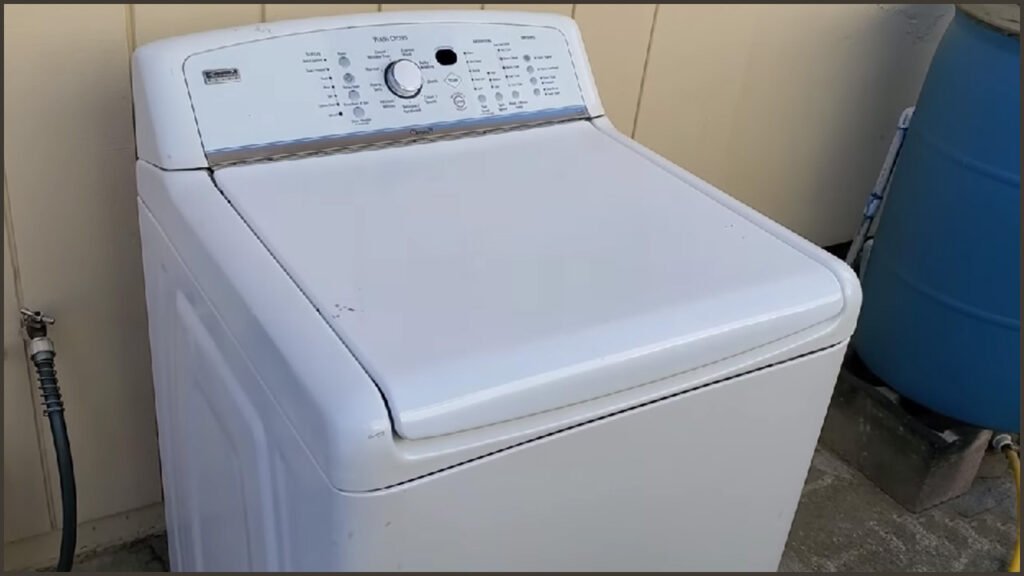
Table of Contents
Kenmore Washing Machine Troubleshooting
As a technician I have analyzed the common problems and their most possible solutions. Now check and try to fix your machine.
Safety Precaution: Your life is more valuable than your appliance. Always disconnect the power source before attempting to identify the problems or repairing it. This will prevent you from electric shock and save your appliance from further damages.
Kenmore washer won’t spin
- Replace Suspension Rods: There are four suspension rods in Kenmore top load washer. If a single suspension rod is broken or dislodged, the control board will try to stop spin cycle several times to balance the load. So, check the suspension rods. Suspension rods come in a set of four. So, if you find a single rod is broken, you are advised to replace all four rods to reduce uneven wear.
- Check for Faulty Lid Switch: The lid switch assembly is designed to prevent the washer from spinning when the lid is open. A defective lid switch assembly fails to detect whether the lid is closed or not. To check the lid switch assembly, use a multimeter and check its continuity. If the assembly fails to provide the correct voltage, then the assembly is faulty. Replace it to fix your Kenmore washer spinning issue.
- Check Motor Coupling: Motor coupling works as connector between the motor and the washing machine transmission. Generally, it fails to protect the motor and the transmission when the machine is overloaded. Apart from that, normal wear can also cause motor coupling failure. So, if your washer is not spinning, you should inspect motor coupling to ensure whether it is broken or ok. If the motor coupling is broken, you must replace it to fix spinning issue.
- Check for Broken Drive Belt: A broken drive belt fails to transmit motor’s power to the machine. If drive belt is broken, your machine will spin slowly or won’t spin at all. So, you need to check the drive belt also. If you find the drive belt is broken or loose, you need to replace it.
- Repair Faulty Control Board: Control board is the CPU of a washing machine. It provides voltage and signal to nearly all the electrical parts of the machine. A faulty control board fails to send the necessary voltage to the drive motor when you start spin cycle. A burnt or shorted-out component of the control board prevents it to send the power. So, inspect the control board with multimeter following your Kenmore washer’s wiring diagram. If you don’t find the required voltage in specific component, you may fix the spinning issue by replacing the component. You should only proceed if you have previous experience on replacing component of any circuit. Otherwise, you should avoid it and send the control board to an experienced technician before making any further damage on it.
Washer is making loud noise
- Check for Defective Tub Bearing: Tub bearing is mounted in the middle of the outer tub that helps to keep the inner tub spinning smoothly. A broken or defective tub bearing results in loud sound. So, if you find that the tub bearing is broken, you must replace it to get released from loud sound. Replacing tub bearing requires disassembling most of the washer. It’s better to replace both the outer tub bearing and the bearing if you get them together.
- Check Rear Drum with Bearing: Rear drum comes with one or more bearings to rub the inner tub spinning smoothly. A defective tub bearing system results in loud sound while the machine runs. Depending on models, bearings are sold separately from the rear drum. Removing and replacing new bearings requires experienced hands. Apart from that, outer drum and bearings are also costly.
- Balance Your load: Kenmore washers generally come with heavy load capacity. Check if there is heavy and light load together or too few items, the machine will fail to balance load and create noise. So, you should wash approximately same weight clothes together. Also, you may need to add items to balance the load properly.
- Replace Broken Shock Absorber: Shock absorbers are used to dampen tub movement during your washer runs. If one or more shock absorbers are dislodged or breaks, the rotary tub will shake and hit the sides of the washer cabinet. As a result, you will hear loud sound from the machine. So, you should replace all the shock absorbers even if a single shock absorber is broken.
- Level Your Washer: Your washer may generate noise if it is not leveled properly. So, check whether it is leveled. If the floor is not leveled evenly, you may adjust the legs if necessary.
Kenmoe Washer won’t agitate
- Check for Defective Agitator Repair Kit: Agitator contains components that are strongly related to agitation. A worn out or defective kit will prevent your machine to agitate properly. So, check the kit properly. If you find worn out, stripped, or damaged, replacing the agitator kit will solve the problem.
- Replace Damaged Drive Block: Drive block works as the connector between the washer transmission and agitator. If the drive block is damaged or worn out, transmission shaft will still move back and forth, but the agitator will move slightly or will not move at all. So, if your Kenmore washer is not agitating, check the drive block. Drive block is not repairable. If you find stripped, damaged, or worn out, you must replace it to fix agitating issue.
- Close The Lid Fully: Your top load washer won’t agitate or spin if the lid is not closed properly. So, if you face agitating issue in your top load washer, check the lid and close it properly. Also, remove any obstructions that are preventing the lid strike from connecting to the lid switch or latch.
- Replace Broken Motor Coupling: Motor coupling works as connector between the motor and the washer transmission. If your washer is overloaded, motor coupling will fail to protect the motor and the transmission. Besides, a normal wear can also fail motor coupling. So, check the motor coupling and replace if it is broken.
- Replace Drive Belt: A loose or broken drive belt is responsible for agitating problem. So, check it properly. If it is loose or broken, replace it with new one to solve agitating issue.
Kenmore Washer won’t drain
- Check Washer’s Drain Hose: It is the first and foremost duty to check the drain hose if it is kinked, twisted, or bent. If the drain hose is kinked, twisted, or bent, drain pump will fail to drain out water. So, check the drain hose and straighten if necessary. Also, remove any obstruction from the drain pump. If drain pump is worn out or you fail to straighten, replace it with new one.
- Remove Blockage from Drain Pump: If drain pump is blocked with small objects or articles, it won’t drain. First, remove the drain pump from the machine and then check it for any obstructions and remove them. If there is no obstruction but it is not draining or creates noise during drain cycle, replace it.
- Check Control Board: Control board is the central unit of a washing machine that controls almost everything. It sends voltage to nearly all electrical components when needs. A faulty control board fails to send necessary power to the drain pump. Generally, control board is the least problematic part in your machine. If you have checked all the possible causes but the problem is not solved then check the control board. Use a multimeter and check the connected component to the drain motor following wiring diagram. If it fails to send the required voltage, the component is faulty. Replacing a control board will cut a handsome amount of dollar. If it is possible to repair, go for it. Otherwise, you need to replace it.
- Check for Faulty Washing Machine Timer: In some Kenmore series washer timer is used as reminder when to send voltage to the specific electrical component. A faulty timer fails to send power to the drain pump during drain cycle. Follow the wring diagram and use a multimeter to inspect the timer. If the timer fails to show voltage, the timer is defective. Replace it to fix your Kenmore washer draining issue.
Washer vibrating or shaking
- Replace Shock Absorber: Shock absorber reduces the vibration of the washer tub during the washing cycle. A mispositioned or worn out shock absorber fails to dampen the vibration. A shock absorber can separate or mispositioned when it is moved. If you notice that your washer is vibrating, you should check the shock absorber. If they are not positioned correctly, correct them to reduce vibration. If you find one or more shock absorber are broken or worn out, it is better to replace all the shock absorber to prevent future issue.
- Replace Suspension Rod: Suspension roads are also works to dampen the movement vibration like suspension rods. A broken suspension rods fails to reduce vibration. As a result, your machine will vibrate excessively. So, check the suspension rods for faults. If you find that broken suspension rods, replace them to stop vibration in your washer.
- Check Washing Machine Drain Pump: If your Kenmore washing machine vibrates during drain cycle then the problem is in the drain pump. An obstructed or malfunctioning drain pump will create vibration. So, inspect the drain pump carefully. If any debris lodged in the ports of the pump, remove them to makes your washer vibration free during drain cycle. If it is still vibrating inspect and replace any malfunctioning pump to fix your machine.
Washer not filling properly
- Check Lid Switch Assembly: If your Kenmore washing machine’s inlet water valve is receiving power, you must confirm that the washing tub is spinning. If it is not spinning, most possibly the lid switch assembly is responsible for not filling water as expected. So, take a multimeter and check the lid switch assembly for continuity. If lid switch assembly fails to provide the accurate voltage, replace it.
- Check Home Water Pressure: Adequate home water pressure is necessary to function the water inlet valve properly. You can check your kitchen’s faucet to confirm whether the water pressure is sufficient or not. If the water pressure is not sufficient, you may use extra water pump to create pressure near the water inlet pipe of the machine.
- Replace Defective Water Inlet Valve: A defective water inlet valve fills slowly or fails to fill water at all. So, check the water inlet valve. If it is broken, replace it. If there is no visually broken sign, check its electric component for continuity. If it fails to show the accurate voltage, replace it with a new one.
- Check Washing Machine Temperature Switch: Temperature selector switch allows water inlet valve to release hot or cold water. A defective temperature selector switch allows only one temperature of water. So, it will trouble in filling water. Take a multimeter and check the temperature switch for continuity. If it shows negative result, replace it.
- Check Machine Control Board: It is the main control unit of a washing machine that provides voltage almost all the electrical components. A faulty control board fails to provide necessary power to the inlet valve to function it properly. A control board is the least problematic part of a washer. You must check it after completing inspection to the other probable components. If you are not experienced in repairing control board, I would suggest you to ask a technician who will identity and fix the problem.
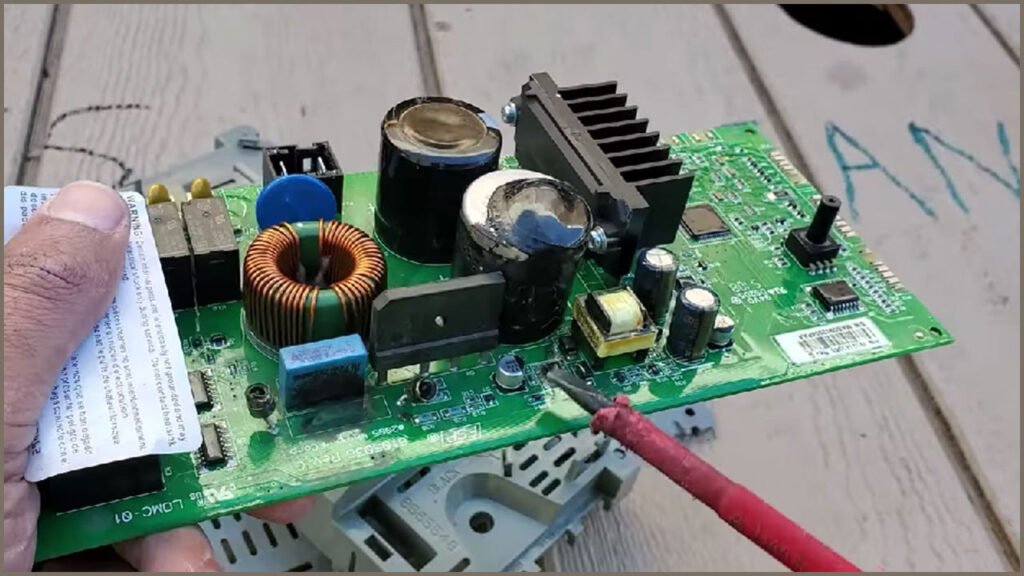
Kenmore Washer leaking water
- Check for Damaged Drain Pump: A drain pump pumps water that go out through drain hose. If the pump is broken or cracked, it may leak water instead of pumping. Also, worn out bearings helps to leak water. A drain pump is not repairable. So, if you find cracked, damaged or bearings are worn out, you must replace it to stop water leaking issue.
- Check Inlet and Outlet Hose: There are two types of water hose in your washer. One is inlet and the another is outlet hose which are also known as fill hose and drain hose. If the fill hose or drain hose is damaged, you will notice water in the floor. So, check fill hose and drain hose carefully. If any drop of water is noticed in the hoses, replace them.
- Check Tub Seal and Bearing Kit: A torn or damaged tub seal allows water to leak. If tub seal is leaking water, water may leak into the tub bearings. It will make tub bearings failure. So, if you notice that the tub seal is leaking, replace both the tub seal and the tub bearings. Also to mention, replacing tub seal and tub bearings require disassembling most of the parts of the washer. So, only proceed if you are experienced. Otherwise, hire a repairer.
- Check Dispenser Drawer: You must ensure the dispenser drawer is completely closed or free from any damage to avoid water leakage. If the drawer is cracked, you might notice leakage from compartment. So, replace it to stop water leaking from the machine.
Washer won’t start
- Close the Door or Lid Properly: If your washer’s door or lid is not properly closed, it may not start. So, check it properly before inspecting other parts.
- Check User Control and Display Board: Your Kenmore washer user control and display board must be working to start the machine. To ensure the user control is working, press all the buttons. If some of the buttons works but others are not, you need to replace the user control and display board to fix your Kenmore washer start problem. If display board is showing nothing, check the power of the user control and display board. If they have power but not working, replace it.
- Check Kenmore Washing Machine Timer: Though timer is not liable in most of the cases when the machine not start but it is often misdiagnosed. So, you must check all the commonly defective parts before replacing it. So, take a multimeter and check it following your washer’s wiring diagram for continuity. If it fails to provide a certain voltage, replace it.
- Check and Replace Line Fuse: Your washer’s line fuse blows to protect your machine. If it blows, your washer won’t run. Use a multimeter and test the fuse for continuity. If there is no continuity then replace it to run your washer again. Furthermore, you should inspect what caused the fuse to blow. Check the wires, motor, drain pump or any other shorted out components and fix them. Otherwise, new fuse will also blow.
- Check Control Board: Control board is the least defective parts in your washing machine. It sends voltage to almost all electrical components to function. When the control board is faulty, your washer will not start. Inspect control board with a multimeter. If it fails to show certain voltages, you should replace it.
- Check Washing Machine Door Latch: Door latch secures your machine during operation. You washer will only start when door is closed properly. If the door is not latch shut, your Kenmore washer won’t start. A defective door latch prevents washer to start or spin. A door latch may fail mechanically or electrically. So, inspect the door latch. If it is damaged, replace it. If the door latch is ok to look at, it might be defective electrically. So, take a multimeter and test it for continuity. If it fails to show proper voltage, you must replace it to fix your Kenmore washer start problem.
Kenmore Washer overflowing
- Check Water Inlet Valve: A water inlet valve allows water or stops it according to the machine’s need. A defective water inlet valve fails to stop water filling when needs. When the washer is filling water, try shutting off it’s power. If it still fills water even not having power, the inlet valve is defective and liable for overflowing. So, you must replace it.
- Check Detergent Dispenser: There is a valve in detergent dispenser. It allows water to flush the detergent or other additives. If dispenser is leaking water, you will notice an overflow. So, inspect the dispenser for any leakage. If water is dripping or flowing into the dispenser, you should replace the water valve. If the water inlet valve is the part of the dispenser that is not separable, you may need to replace the dispenser.
- Washing Machine Pressure Switch: When water reached in the desired level, pressure switch shuts off power. If pressure switch fails to shut off water filling, inlet valve will continue water filling that causes overflowing. So, check the pressure switch and replace it if necessary. Also, check the air tube to the pressure switch and confirm that is free from debris and not leaking.
- Check Kenmore Washing Machine Main Control Board: Control board provides voltage to the almost all electrical components of the washing machine. A shorted control board may send continuous voltage to the water inlet valve that causes overflow. Check your washer control board for any burning sign or for any shorted component. Also, check the power output of the terminals following your machine’s diagram. If necessary, you need to repair or replace the control board. Some washer comes with a built-in pressure sensor that determine how much water is needed and when to cut off water filling. If the sensor is defective, you will notice overflowing. So, you must replace it.
Final Words
The above mentioned Kenmore washing machine troubleshooting tips are not only practical but also recommended by many technicians. If you have not any previous experiences then you should only try the easiest fixing. Otherwise, you may break parts when to assemble and disassemble the machine. If the problem seems to be complex, you should hire brand recommended technician to avoid further damages.
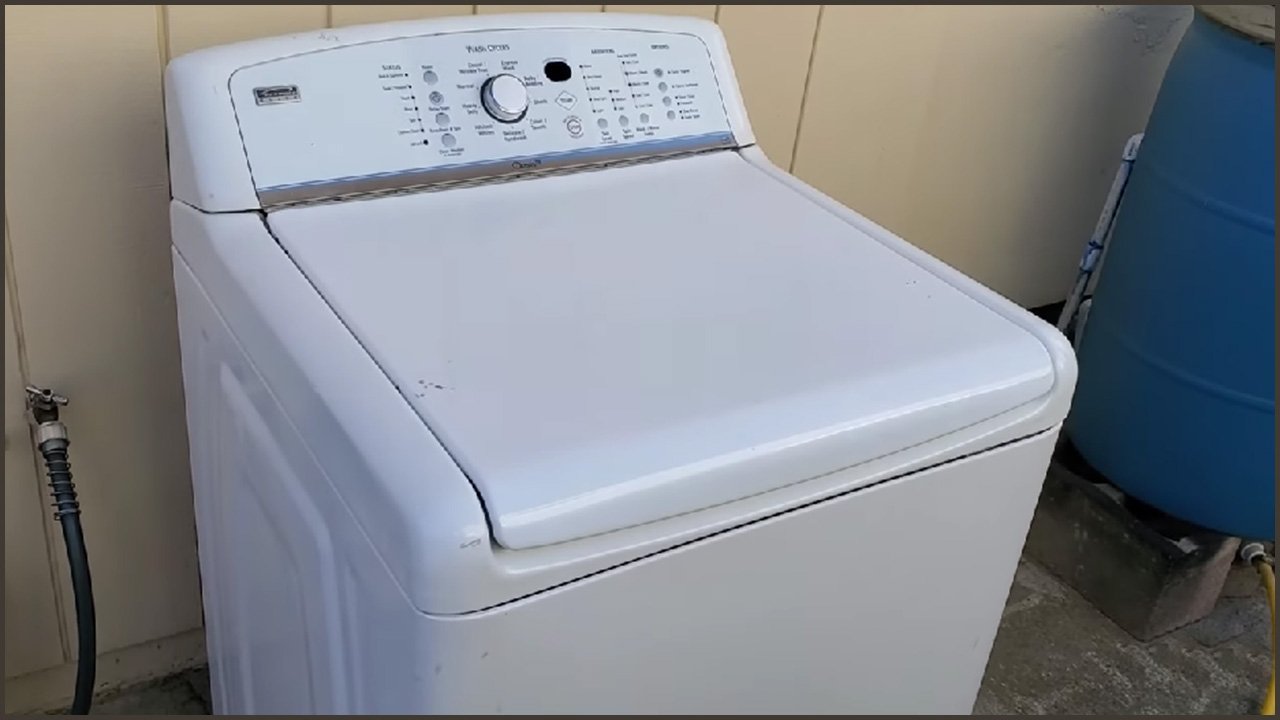
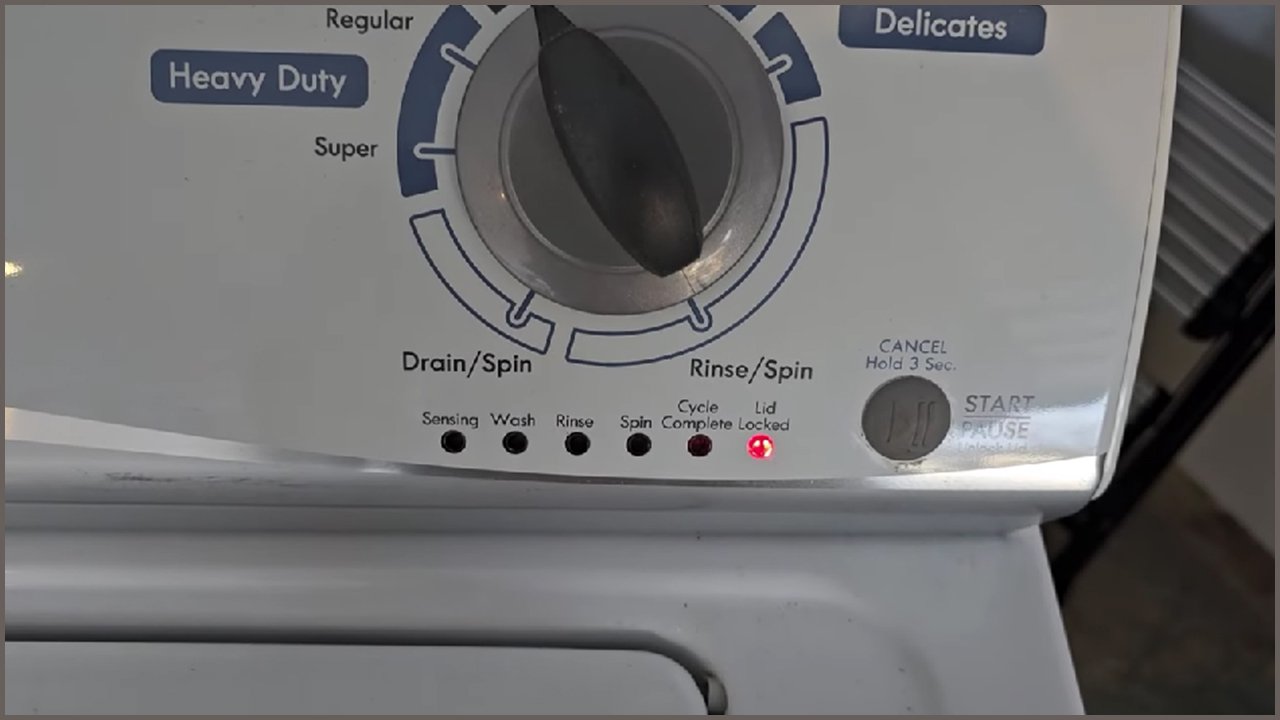
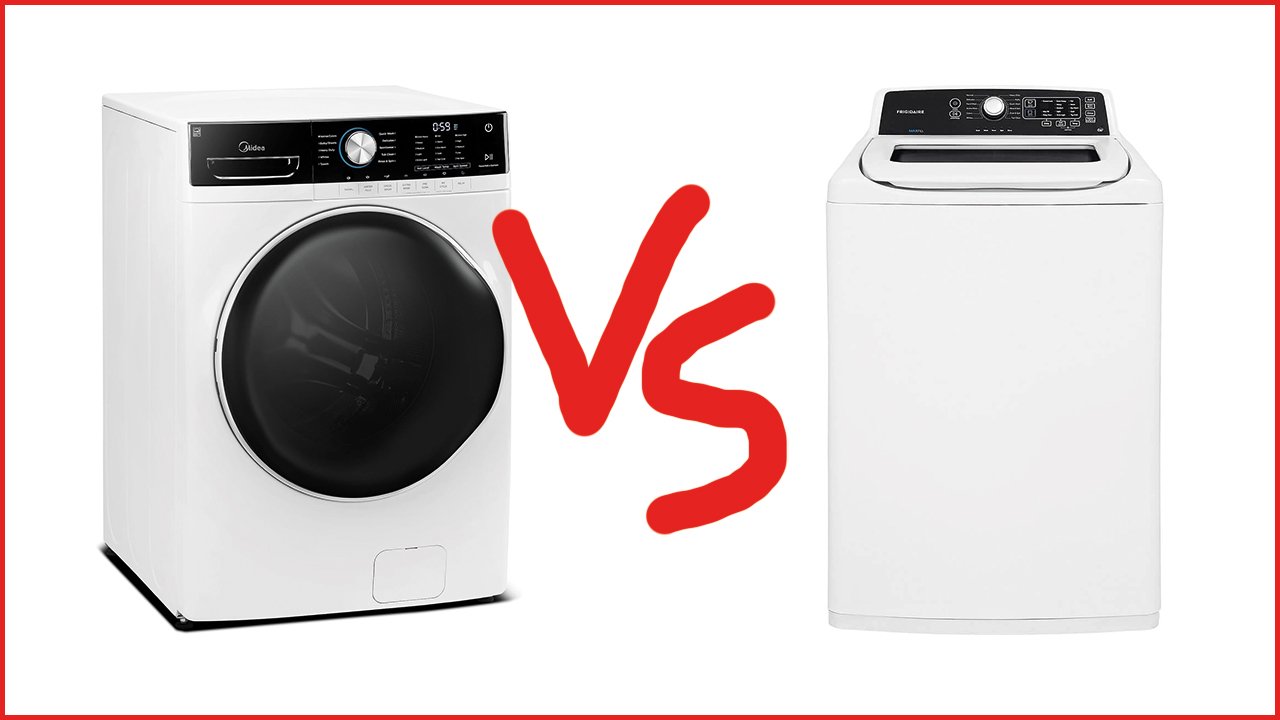
Leave a Reply